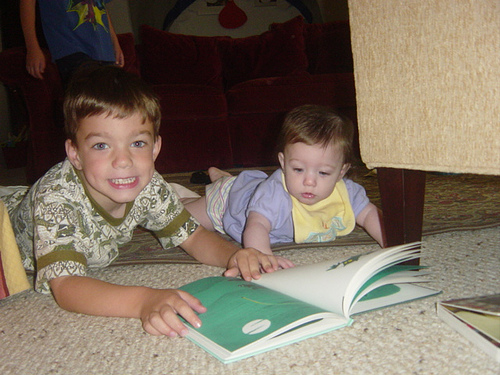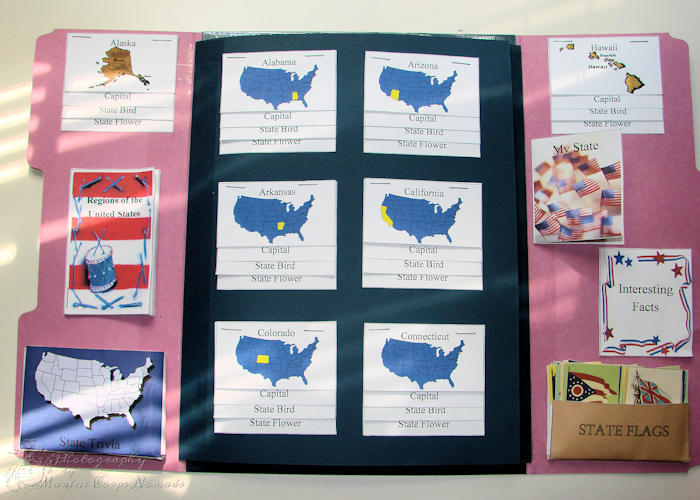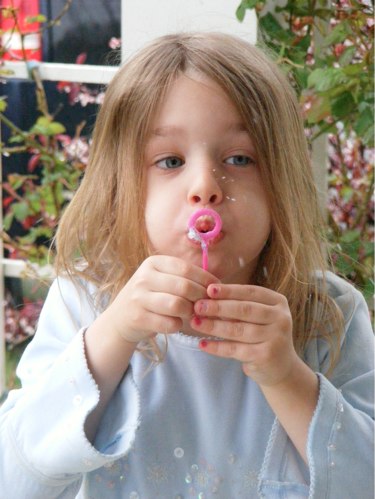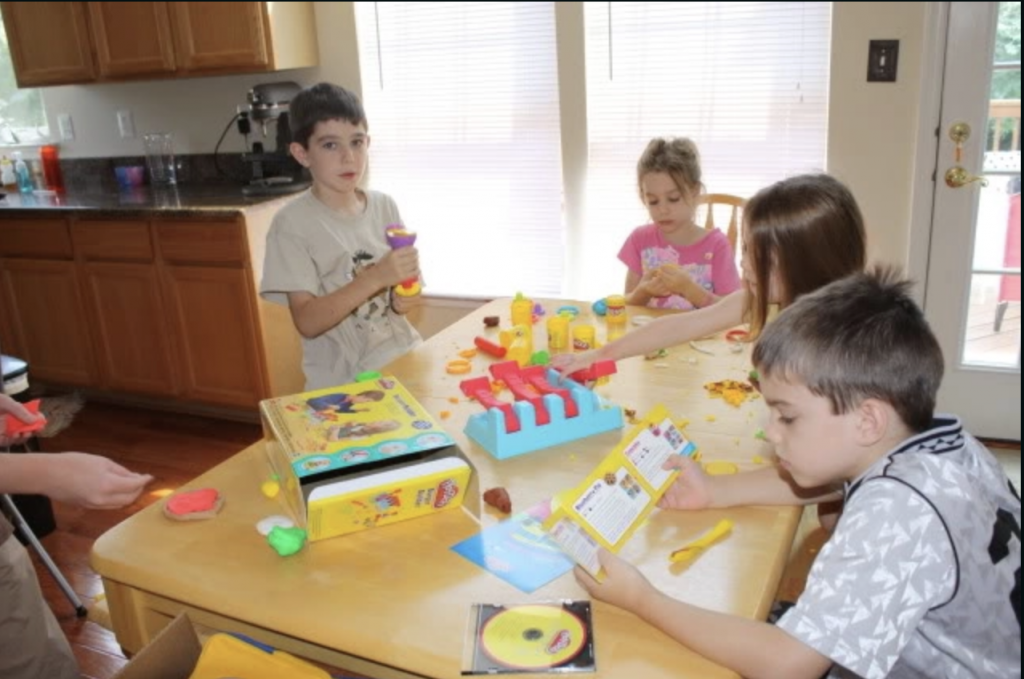Many. parents right now are finding themselves facing a temporary homeschool situation. If you’ve never homeschooled your children before this can seem exceptionally overwhelming. The good news is, it’s quite simple to homeschool your children, even if you have no teaching experience.
Many people make the mistake of thinking that homeschool should closely resemble traditional school. While this is definitely possible, many of the traditional classroom routines were created to manage 20+ children. Chances are you don’t have 20 kids at home (and if you do, you are probably don’t need to learn how to homeschool).
When I first started homeschooling I wanted to create a classroom, buy school desks and get a chalkboard. Thankfully we didn’t have the space or money so I had to try a different way.
If the thought of teaching your kids (or even having a larger role in their every learning due to virtual education) terrifies you, relax. Homeschooling can actually be fun. I wouldn’t have kept at it for so long if it wasn’t a little bit enjoyable.
How to Homeschool Your Kids
Lesson one: Focus on the basics
Chances are, this is not a permanent arrangement. Unless you absolutely love homeschooling, your children will head back to school in a few weeks or months.
Math
The most important thing you can help them with is math and language arts. Kids tend to forget math VERY quickly! Ever wonder what the first several weeks of your child’s math class is review? It’s because they have to make sure the kids remember what the learned before summer break.
Thankfully it’s very easy for your children to practice math. With resources like Kahn academy you don’t even have to understand higher level math, your children can watch lessons online.
To keep your kids’ minds sharp I recommend math drills, flash cards, and some supplemental website learning. (Check out all the free online resources here)
There are also many fun ways to practice math around the house. My favorite is recipes! Younger kids can help by counting out ingredients and older children can work on fractions by doubling or halving recipes.
Games are another way to practice math in a fun way. We love card games and even young children can join along and play and learn.
Reading
As I’ve said many times before, reading aloud to your children is one of the best things you can do for them. If you need reading resources, check out my 31 days of read-alouds.

One thing I learned many years ago is a 3 pronged approach to reading.
- Children should read to you books one reading level below their capabilities.
- Children should read alone books at their reading level.
- Parents should read books above reading level to their children.
This practice helps improve your child’s reading ability and comprehension. While your children are home, make sure they spend 30 minutes a day reading or being read to.
Writing
You know all those grandparents practicing social distancing right now? How happy would they be to receive a letter from their favorite grandchild?Encourage your children to write every day.
There are so many fun ways to encourage writing. You don’t even need to worry about grammar or spelling, just let them write. I’ve listed a few ideas below.
- Write a letter to a relative. (Remember to mail it!)
- Start a daily journal/ diary.
- Have your kids publish a daily newspaper, detailing the previous days news and activities.
- Give your child a daily writing prompt and have them finish it. (For example: I was walking down the street when suddenly a yellow bird flew in front of me carrying a rolled up piece of paper….)
Lesson 2: Science & History Can be Fun
For most of my homeschooling life we stayed away from traditional science and history curriculum. We focused on experiences and hands-on learning because that’s what my kids remembered most.
My adult kids still remember field trips and projects that they did 10-12 years ago, however not a single one remembers a workbook they did 2 years ago!
I also love lapbook learning for science and history. These are easy to make and you probably have the supplies in your home already.

For science, focus on experiments, and if possible, looking around your yard or neighborhood for interesting plants, trees, and animals. It’s amazing how much you can learn right where you live.
I’ve included some of our favorite FREE science resources to get you started.
- Study Birds
- Clouds Science Experiment
- Volcano Model (be a fun mom- do it!)
- More projects, science experiments and hands on learning
My children always tease me that we studied American History more than any other subject during our homeschool years. What can I say? I love History!
We spent a lot of time reading historical fiction and biographies when my children were growing up. We also did activities like making foods people ate 100 years ago and even baked our own bricks out of dirt and clay like the Egyptians.
There are also many great historical shows and movies that are available on streaming services and youtube. Remember to make sure they are age appropriate.
Lesson 3: Stay Active
In a traditional school day, kids are moving around every 45-50 minutes, changing classes, taking bathroom breaks, going to lunch, etc.
It’s important to keep your kids active while you are home as well. Whether that means taking a 20 minute break to play outside or having a dance party it’s important to keep moving.

Children, especially little ones, need to get their energy out.
When my kids were little, we rarely went over 30 minutes for a subject. Every 30-45 minutes we’d take a break, get a snack, run a lap around the house, or play with toys. This is crucial and allows your kids to focus when it’s time to learn.
Lesson 4: Create a Schedule
This is not an 8 hour school day schedule, this is a routine that will allow you to stay sane while your kids are at home.
I’ve included a sample schedule below, adjust it to fit your family’s needs.
- 8am: Wake up, breakfast, morning chores
- 9am: Math Drills
- 9:30am: Fun with science or history
- 10am: Reading-Aloud
- 10:30am: Free play
- 11am: More math
- 11:30am: Art (coloring, painting, play-do, crafts, etc)
- 12:00-1:30: Lunch and clean-up
- 1:30pm: Writing
- 2pm: Quiet time (silent reading)
- 3pm: Free play, screen time (if earned)
- 4:30pm: Clean up, afternoon chores
- 5:30pm: Dinner
Lesson 5: Relax and Have Fun
Even if your children do absolutely nothing for the next four weeks, they will be fine. I recommend a loose schedule more for parents than for the kids.
I’m always amazed when my kids come to me with an interesting fact or something they’ve learned completely on their own. Kids are curious creatures and if you provide them with resources they will learn on their own.
Your house will be a little messier and your days will look different, but wouldn’t it be amazing to look back on this time and have awesome memories you made as a family.

Living room tents, movie nights, story-time, Nerf gun wars, epic Monopoly games will be what your children remember about this unexpected time off school.
Throw in a little math and reading every day and your children will be just fine.
The post How to Homeschool (even temporarily) appeared first on The Happy Housewife™ :: Home Schooling.
from The Happy Housewife (Full Feed) https://ift.tt/33vH9mF
No comments:
Post a Comment